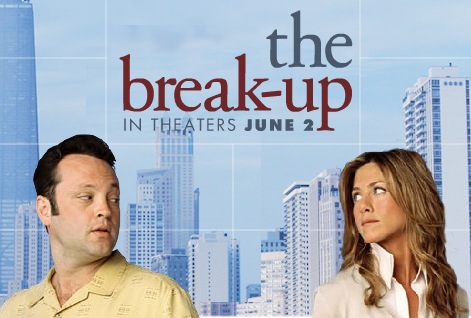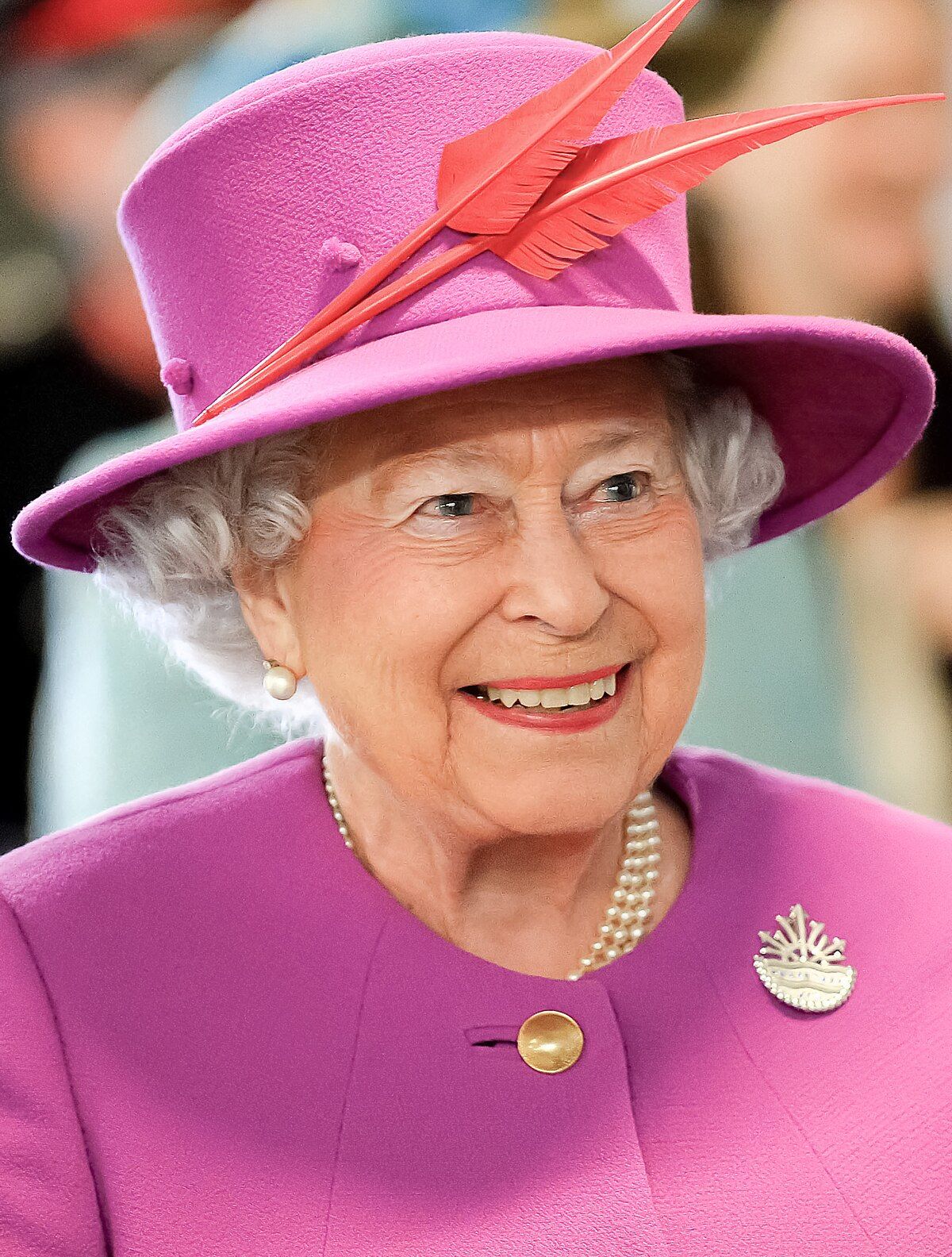
Okay, so you’ve just seen your favorite star accept that shiny gold statuette, delivering a heartfelt speech that made you reach for the tissues (or maybe just grab another snack). You’re probably thinking, “Wow, that must have been an incredible moment! But how did they even *get* there? What’s the secret sauce behind a career that culminates in an Oscar-winning performance and a legendary speech?”
Well, guess what? It’s not just about natural talent (though that certainly helps!). It’s a meticulously crafted journey, a series of deliberate steps, and a whole lot of dedication that begins long before they ever set foot on that hallowed awards stage. These aren’t just one-off tricks; they’re foundational practices that shape careers, define performances, and build the kind of lasting legacy that makes an Oscar speech even possible.
We’ve delved into the incredible stories of some of today’s brightest stars and future legends to uncover the core “preparations” they undertake – not just for a single role, but for an entire career designed to captivate, move, and ultimately, be recognized at the highest level. Ready to peek behind the curtain? Let’s dive into the first half of the simple yet profound steps that set these actors apart and put them on the path to global fame and, yes, perhaps even that iconic Oscar moment!

1. **Early Immersion: The Foundation of a Future Star**You know how some kids just *know* what they want to be when they grow up? For many famous actors, that calling comes incredibly early, often translating into a lifelong dedication to their craft from the tenderest ages. It’s about more than just playing dress-up; it’s a genuine, profound connection to storytelling that starts shaping their path long before Hollywood even knows their name.
Take Milly Alcock, for instance, who is quickly becoming a household name with her powerful roles. She started “studying drama since age 5,” a testament to how early the passion can ignite. Imagine the years of practice, the countless acting classes, and the unwavering commitment required to nurture that talent from childhood through adolescence, eventually leading her to attend a performing arts school. This deep, early immersion builds a foundational skill set that becomes invaluable.
Similarly, Ella Anderson, known for her diverse work across film and television, went on her “first audition” when she was just “5 years old.” She still vividly remembers her line: “I want a teddy bear, Daddy.” This anecdote isn’t just cute; it highlights an innate seriousness she brought to acting from the very beginning, always taking her craft seriously. It’s this kind of sustained, focused dedication that separates those who dabble from those who are truly destined for the big screen.
These early experiences aren’t merely hobbies; they are intensive training grounds. They allow aspiring actors to develop an intuitive understanding of performance, character, and emotional expression. By embedding themselves in the world of drama from such a young age, these individuals essentially get a head start, building a robust artistic sensibility that becomes the bedrock of their future success and prepares them for the rigorous demands of an industry that demands nothing less than their absolute best.
Read more about: Beyond the Buzzwords: The Core Coding Competencies Tech Leaders Value for Children by Age 12 Amidst the AI Revolution

2. **Mastering the Audition: Seizing the Moment**Okay, so you’ve got the talent, the training, and the passion. But how do you actually *get* the part? The audition process is arguably one of the most nerve-wracking and crucial “steps” on an actor’s journey. It’s not just about delivering lines; it’s about making a profound impression, standing out from thousands, and convincing filmmakers that you are the *only* one for the role. It demands preparation, confidence, and a touch of magic.
Consider Chase Infiniti, who has already shared the screen with giants like Jake Gyllenhaal and Leonardo DiCaprio. Her journey to securing a role in Paul Thomas Anderson’s “One Battle After Another” began with a simple “self-tape.” This initial hurdle led to a direct meeting with the acclaimed director, where she confessed, “Obviously, I wanted to book the part but those moments getting to workshop it were such a gift.” This highlights that even the audition itself can be viewed as an opportunity for growth and collaboration, not just a hurdle.
Milly Alcock also knows a thing or two about intense audition experiences. After a general meeting with Peter Safran, co-CEO of DC Studios, she was asked to “put herself on tape for the part” of Supergirl. A few weeks later, she flew to Atlanta to “do a screen test” where James Gunn was prepping to shoot “Superman.” These high-stakes trials require not only performance skills but also an ability to handle pressure and adapt quickly, proving their mettle under demanding conditions.
The competitive nature of the industry means that actors like Jay Lycurgo (“Steve,” “Eternal Return”) often face astronomical odds. He “beat out 3,000 other actors for the role” in “Steve,” a truly staggering feat. This isn’t just luck; it speaks to an actor’s resilience, persistent refinement of their audition technique, and a unique ability to connect with the material in a way that resonates deeply with casting directors and filmmakers. Mastering the audition is about more than landing a job; it’s about showcasing your unique spark and proving your readiness for the big leagues.
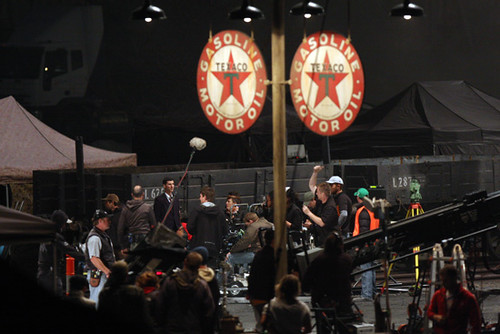
3. **Deep Dive into Character: The Art of Empathy**Once the role is secured, the real work begins: transforming into someone else, someone entirely new. This isn’t just about memorizing lines or adopting an accent; it’s about a profound empathetic connection, a willingness to literally step into another person’s shoes, and often, a deep dive into research and emotional vulnerability. It’s this commitment to character that brings performances to life and makes them truly unforgettable.
Ella Anderson, who played the young Jeannette Walls in the biographical “The Glass Castle,” considers it “a privilege to be able to speak with her real-life counterparts.” She doesn’t take this responsibility lightly, stating, “To have the opportunity to be trusted to portray someone’s life with care and love and empathy is something I love to do. I just want to do them justice.” This level of respect for the subject matter and dedication to authenticity is a hallmark of truly impactful acting.
Edmund Donovan, who often plays “deplorable” characters, reveals his method for finding humanity in them. “It’s not useful if you think of them as a bad person. The best villains are people who really believe they’re justified.” This insightful approach demonstrates a nuanced understanding of human psychology, allowing him to create complex, believable characters rather than one-dimensional archetypes, which makes the audience engage with the character on a deeper level.
For Inga Ibsdotter Lilleaas, portraying Agnes Borg Pettersen in “Sentimental Value” was an intensely personal journey. She explains, “I really opened up and all of me was put into making this film.” This willingness to tap into personal experiences and vulnerabilities, especially when exploring themes like “generational trauma” and “family crisis,” adds a raw, authentic layer to her performance that resonates deeply with audiences, allowing them to feel “seen somehow.” Mari Yamamoto also exemplifies this, as for “Rental Family,” she and a fellow actor “met with members of such an agency and learned about their work” to understand the real people they were portraying, highlighting the importance of real-world research.
Read more about: 14 Celebrities Who Are Practically Impossible to Hate: Our Fave Stars Who Always Bring the Good Vibes
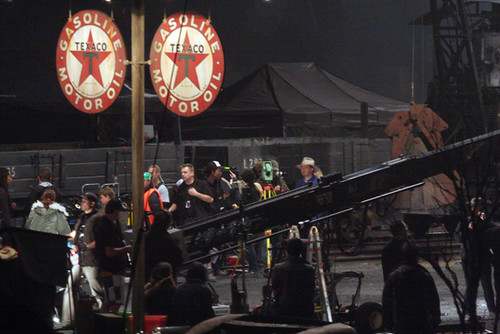
4. **Embracing the Challenge: Pushing Boundaries in Roles**True stars aren’t content with playing it safe. They actively seek out roles that demand more, physically, emotionally, and psychologically, understanding that growth comes from stepping outside their comfort zone. This willingness to push boundaries not only hones their craft but also demonstrates an incredible commitment to their art, proving they’re ready for anything the script throws at them. It’s about stretching the limits of what they (and we!) thought possible.
Milly Alcock, now stepping into the iconic role of Supergirl, openly admits to an unexpected challenge: “Acting while flying is really hard.” She explains, “It’s much easier when your feet are on the ground. As an actor, you’re in tune with your emotions and feelings and having that eradicated and elevated is a difficult thing to do.” This isn’t just a physical hurdle; it’s an emotional and technical one, requiring her to master new performance dynamics while suspended, showing her dedication to every facet of the role.
Consider Tonatiuh, who delivered a dual performance in “Kiss of the Spider Woman.” He “transformed himself for the film, losing 45 pounds in the span of about 50 days to show the effects of prison and to juxtapose the two characters.” This drastic physical transformation, undertaken while also filming musical numbers, underscores a profound commitment to his craft. He wants his “legacy” to be “as a shapeshifter,” ensuring “Every character I want to be as different as possible — from the essence to the energy to the microexpressions.”
Then there’s Chris Hemsworth, who has famously brought the Norse god Thor to life. His “dedication to physical transformation for roles” is well-documented, making him the epitome of an actor willing to commit fully to the demands of a character. Whether it’s bulking up for a superhero or slimming down for a drama, these physical commitments are not just for show; they are integral to the authenticity of the performance, proving that the best actors don’t shy away from the arduous work required to bring their characters fully to fruition.
Read more about: Decoding Common’s Journey: Actionable Insights from a Hip-Hop Icon’s Multifaceted Career
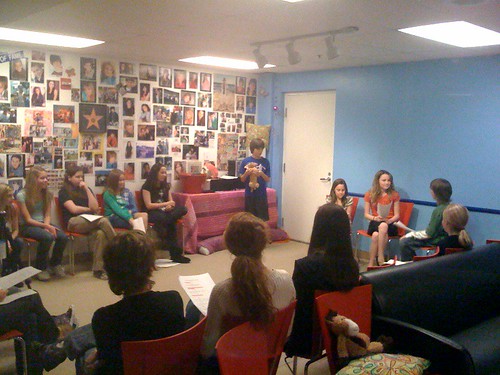
5. **Formal Training and Continuous Learning: The Craft Never Ends**While raw talent is undeniably a gift, even the most naturally gifted actors understand that continuous learning and formal training are crucial to refining their craft. It’s like an athlete constantly training and honing their skills; acting is a muscle that needs to be worked, stretched, and developed throughout a career. This dedication to education ensures longevity and versatility in an ever-evolving industry.
Edmund Donovan, celebrated for his theater work, made a strategic choice to attend the “MFA program at Yale School of Drama.” He candidly notes that he went “largely because I knew school would guarantee me three years of working and practicing.” This practical approach to education highlights the value of a structured environment for honing skills and developing a strong artistic foundation, allowing for focused, uninterrupted development of their performance abilities.
Guillaume Marbeck, who took on the challenging role of Jean-Luc Godard, also comes from a background steeped in formal education. He “attended film school in France, concentrating on cinematography, followed by a year in New York, where he focused on screenwriting and directing actors.” This multi-faceted education isn’t just about acting; it’s about understanding the entire filmmaking process, from behind the camera to the front, enriching his perspective as a performer.
Mari Yamamoto, after leaving a career in journalism, moved to New York “to study at Lee Strasberg and fell in love with the craft.” Her decision shows a deliberate pursuit of formal training to master acting techniques. Marbeck further emphasizes the idea of continuous learning, stating that acting for a director like Richard Linklater “was like grad school.” This mindset — that every project, every collaboration, offers a chance to learn and grow — underscores the never-ending journey of mastering the acting profession.
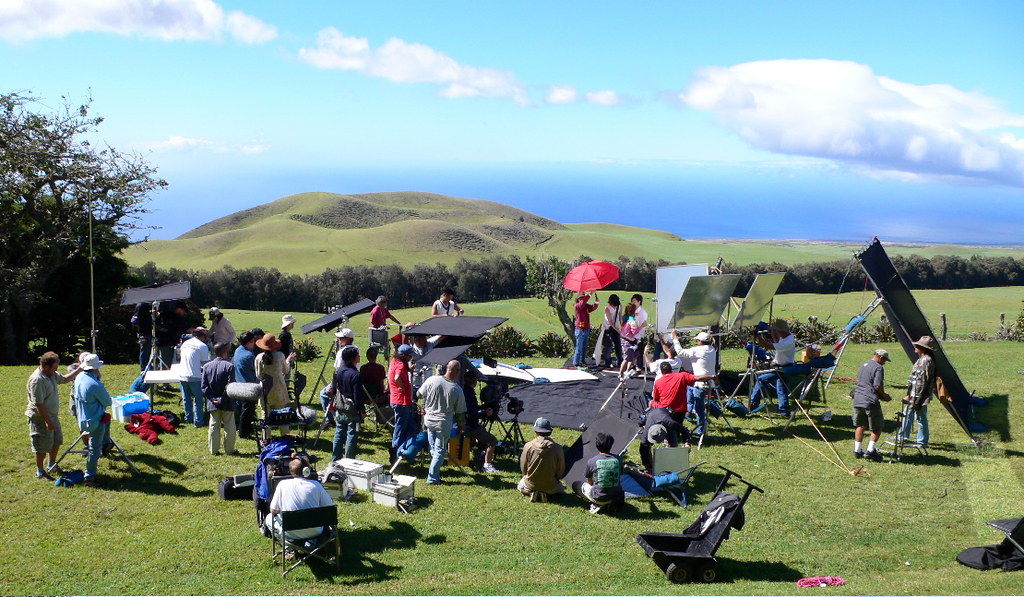
6. **Leveraging Diverse Experiences: Building a Broad Skill Set**Sometimes, the “steps” that lead to acting greatness aren’t even directly related to acting at all! Life experiences, varied jobs, and a wide range of observations can profoundly enrich an actor’s understanding of the world and the characters they portray. These diverse backgrounds provide a unique wellspring of empathy, insight, and raw material that can be channeled into their performances, making them more authentic and relatable.
Miles Caton, star of the hit film “Sinners,” had a unique pre-acting background: he was “on tour with H.E.R.” before landing his first movie role. He notes, “Having that experience on tour, and being on my own, performing in front of large crowds was important and crucial for me with ‘Sinners’ and jumping into a project like this.” This exposure to live performance and navigating new environments undoubtedly built confidence and stage presence, transferable skills that elevated his acting debut.
Guillaume Marbeck provides an even broader example of leveraging diverse experiences. He states, “For 10 years, I’ve been doing every job that you can imagine on the set, and also on production and distribution. The only two jobs I didn’t do were makeup artist and hairdresser.” His motivation? “I just wanted to know every point of view of the business, so I could have the most 360-degree view in my head when I’m writing the script.” This deep, holistic understanding of filmmaking makes him not just an actor, but a truly informed artistic collaborator.
These varied experiences aren’t just résumés fillers; they are invaluable assets. They equip actors with a richer understanding of human behavior, different industries, and the collaborative nature of film production. Whether it’s the grit of touring, the precision of cinematography, or the chaos of production, every diverse experience adds another layer to an actor’s emotional palette and technical knowledge, preparing them for the myriad demands of a complex role and a multifaceted career.
Okay, so we’ve covered the foundational steps that set actors on their trajectory to stardom. But what happens next? How do these incredibly talented individuals navigate the complex world of Hollywood to not only achieve but also sustain global recognition and, ultimately, perhaps even that coveted Oscar? It’s about more than just acting; it’s about shrewd strategic moves, genuine connections, and an unwavering commitment to leaving a lasting mark.
Let’s dive into the next seven crucial steps that propel actors from promising talents to beloved global icons. These are the advanced strategies and enduring qualities that truly define a legendary career, ensuring their performances resonate worldwide and inspire generations of fans and aspiring artists alike!
Read more about: Joshua Abram’s Enduring Legacy: How a Visionary Reshaped Workspace, Advertising, and Fertility Care

7. **Building Industry Relationships: It’s All About Who You Know (and Work With!)**You might think getting ahead in Hollywood is just about raw talent, but let’s be real – it’s also a serious networking game! Building strong, genuine industry relationships is a pivotal step that can open doors, lead to incredible collaborations, and even get you a little “good word” from an Oscar winner. It’s about being seen, being respected, and proving you’re a team player in the often-intense world of filmmaking.
Just look at Jay Lycurgo, who landed a role in the Cillian Murphy-led “Steve.” He notes that he never even did a chemistry test with Murphy, but the newly minted Oscar winner clearly approved. Lycurgo says, “I don’t think he knew I was up for either but when he found out I believe he put in a good word for me.” Talk about a golden ticket! Having someone like Murphy in your corner is invaluable for future collaborations; Lycurgo’s next two projects even reunite him with Murphy, solidifying a truly beneficial industry connection.
Guillaume Marbeck, for instance, took on the challenging lead role of Jean-Luc Godard in Richard Linklater’s “Nouvelle Vague.” Working with a director of Linklater’s caliber isn’t just a job; Marbeck described it as “like grad school.” This kind of collaboration, especially with respected filmmakers, not only hones an actor’s skills but also establishes them within a network of influential creatives, fostering trust and repeat opportunities.
Then there’s Chase Infiniti, who fearlessly jumped into her first TV job playing the daughter of Jake Gyllenhaal, and her debut feature film opposite Leonardo DiCaprio and Sean Penn. Starting out working with such industry heavyweights immediately places her in a circle of highly regarded professionals. These early connections are crucial for learning from the best and establishing her reputation within Hollywood, setting the stage for a long and successful career.
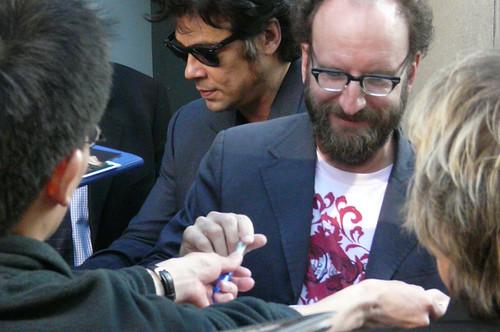
8. **Making Strategic Career Choices: Playing the Long Game**Okay, so you’ve got roles coming in, but how do you pick the *right* ones? It’s not always about the biggest paycheck or the flashiest part. For many actors aiming for lasting impact and that ultimate Oscar moment, it’s about making super strategic career choices that build a diverse, credible, and impactful filmography. It’s about vision, not just immediate gratification.
Take Milly Alcock, for example, who found herself with “conflicted feelings” about taking on the Supergirl role. She admitted, “I think most actors deal with that kind of duality where I want to work and do things people watch and are important, but I also want to have a long career and not get pigeonholed into one part.” This thoughtful approach, weighing opportunity against potential typecasting, is a hallmark of strategic decision-making. Ultimately, her research into the character convinced her it was “the coolest one.”
Ella Anderson also highlights this intentionality, stating, “I’m filmmaker-driven, and if someone is really passionate about the story and has a strong perspective, I think we’re speaking the same language. So, I’m looking for like-minded people.” She’s seeking out creative partnerships with visionary storytellers, ensuring her work aligns with artistic values and leads to more fulfilling projects that resonate with audiences.
Even established stars like Leonardo DiCaprio exemplify strategic role selection. He has “maintained A-list status for over three decades, captivating audiences with powerful performances.” His “selective approach to roles” and “consistent pursuit of challenging roles” have enhanced his credibility and given him legendary status, showcasing how purposeful choices define a monumental career.
Read more about: Navigating the Wealth Landscape: Expert Financial Advisers Guiding America’s Top Athletes to Enduring Success
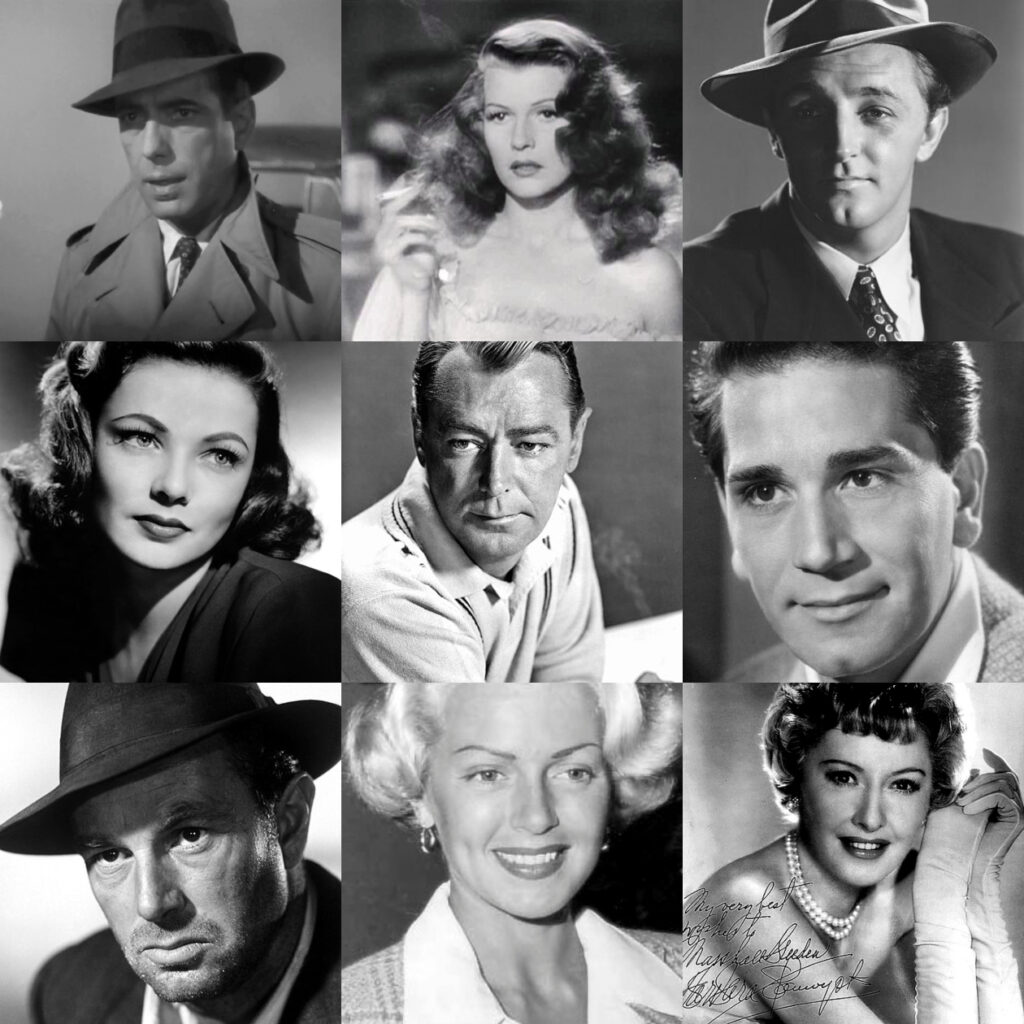
9. **Cultivating Unique Personas: Standing Out in a Sea of Stars**In a world brimming with talented actors, how do you make sure *you* are unforgettable? It’s not just about acting; it’s about cultivating a unique persona, both on and off-screen, that captivates audiences and sets you apart. This distinctive spark can range from a specific acting style to a charming public identity, leaving an indelible mark on pop culture.
Guillaume Marbeck perfectly illustrated this during his audition for Jean-Luc Godard. When asked why he was late, he channelled Godard’s disaffected attitude, telling himself, “I would just park my scooter and turn to her. ‘Of course I’m late. I needed these glasses.'” This commitment to embodying the character’s essence, even before officially getting the role, demonstrated a deep understanding and a willingness to fully lean into a unique persona. It wasn’t just about the lines; it was about the attitude, the presence, the *vibe*.
Tonatiuh also embraces this idea of a distinct identity, fervently wishing his “legacy” to be “as a shapeshifter.” He explains, “Every character I want to be as different as possible — from the essence to the energy to the microexpressions.” For his role in “Kiss of the Spider Woman,” he purposefully sought an “Errol Flynn” look for one character, a testament to his deliberate cultivation of distinct on-screen personas.
And then there’s Ryan Reynolds, who has redefined what it means to be a modern movie star. His “sharp wit with leading man charisma” and “irreverent humor” as Deadpool have revolutionized the superhero genre. But it’s not just his on-screen work; Reynolds’ “social media presence and genuine personality have made him one of Hollywood’s most relatable stars,” crafting a powerful connection with his audience.

10. **Demonstrating Versatility: The Chameleon of the Screen**One of the surest paths to enduring success and critical acclaim is the ability to morph into any character, to tackle diverse genres, and to continually surprise audiences with your range. Actors who consistently demonstrate versatility become invaluable assets to filmmakers and beloved figures to fans, proving they’re not just one-trick ponies.
Tonatiuh delivered not one, but *two* standout performances in “Kiss of the Spider Woman.” He played Luis Molina, a nurturing window dresser, and then Kendall Nesbit, a character within a Golden Age musical, all charm and polish. This dual role, combined with a staggering “45 pounds in the span of about 50 days” weight loss, showcases incredible versatility and commitment. He actively seeks to be a “shapeshifter,” ensuring “Every character I want to be as different as possible,” making his work truly dynamic.
Let’s not forget Chris Hemsworth, who has mastered the art of balancing epic blockbuster franchises with more nuanced dramatic roles. While he’s globally recognized for bringing the Norse god Thor to life with “the perfect balance of strength and humor,” his willingness to take on varied projects demonstrates his impressive range. His “commitment to expanding his acting beyond action roles further strengthens his standing as a multifaceted talent in Hollywood,” proving he’s much more than just an action hero.
Will Smith is another prime example of an actor who built his career on pure versatility. From the comedic timing of “The Fresh Prince of Bel-Air” to the high-stakes action of “Independence Day” and powerful dramas, Smith has excelled across the board. His ability to navigate “comedy, drama, and action films” with consistent popularity for three decades highlights a rare and valuable versatility, ensuring his enduring legacy and broad appeal in the entertainment industry.
Read more about: Beyond the Vows: Exploring the Careers of Actresses Who Were Never Married
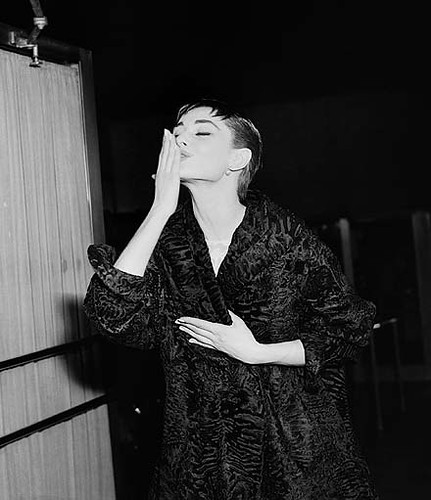
11. **Maintaining Public Relatability: The Human Connection**Beyond the glitz and glamour, a crucial element for sustained stardom is an actor’s ability to maintain a connection with the public, making them feel real, accessible, and, well, *relatable*. It’s about embodying a genuine human quality that transcends their on-screen roles and resonates with fans on a personal level.
Miles Caton, after the hit film “Sinners,” is still adjusting to the new reality of fame, noting, “I get recognized all the time, which is something that I’m still learning to adjust to, because I can’t tell if somebody’s staring at me like they’ve got a problem with me or just because they know me.” Yet, he adds, “People show me so much love.” This honest, slightly bewildered reaction to newfound recognition makes him incredibly relatable, connecting with audiences who appreciate his grounded nature.
Ella Anderson’s experience on the set of “Song Sung Blue” also perfectly illustrates how relatability fosters success. She hadn’t met Hugh Jackman and Kate Hudson before filming, but notes, “We jumped into it, and it just felt right.” She praises Kate as “the most warm, nurturing, motherly fun human,” and Hugh as someone who “just feels like a warm hug.” This ability to quickly bond and create a natural, comfortable atmosphere speaks volumes about her own approachable demeanor.
Then there’s Keanu Reeves, who has achieved legendary status not just for “The Matrix” or “John Wick,” but for his absolutely heartwarming public persona. His “humble off-screen personality” and “genuine kindness have endeared him to fans worldwide.” His philosophical outlook and “be excellent to each other” mantra have resonated deeply, creating a fanbase that adores him not just for his roles, but for the genuine, good human being he appears to be. That’s some serious relatability power right there!
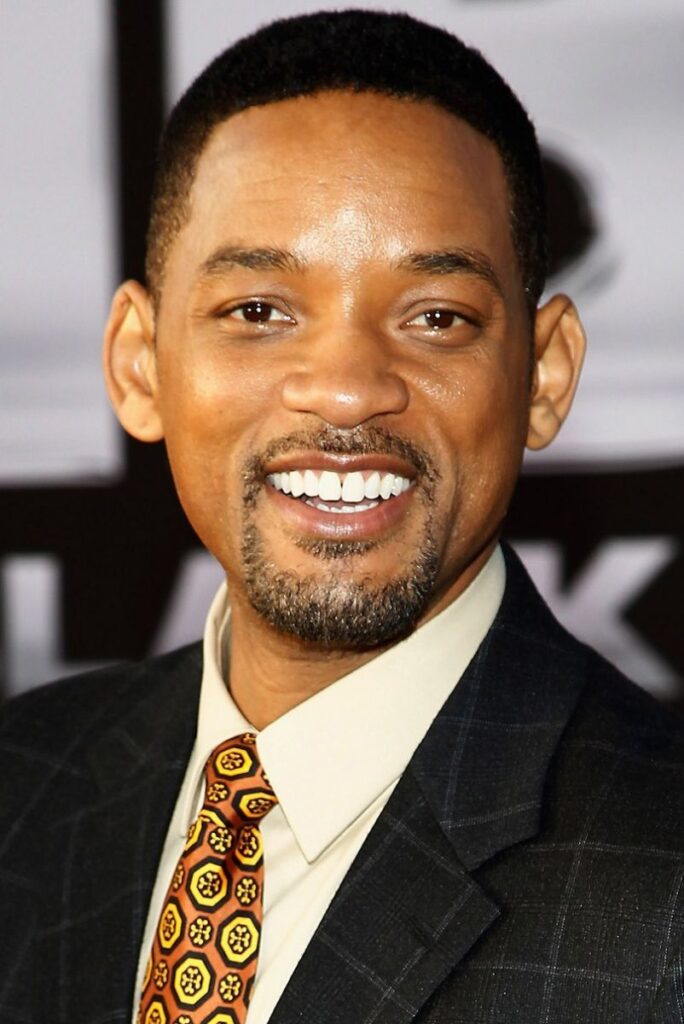
12. **Consistently Delivering Excellence: The Gold Standard**At the end of the day, all the strategic choices and unique personas boil down to one thing: consistently delivering performances that blow us away. True, lasting fame isn’t just about a few hits; it’s about a career-long commitment to excellence, showing up, and giving it your absolute best every single time. These are the actors who set the gold standard.
Just think about the Hollywood legends mentioned in the context, like George Clooney, Morgan Freeman, Anthony Hopkins, and Al Pacino. These icons “have been around for decades and have lost little of that spark that made them fan favorites.” The critical point is that they “continue to deliver some of the best performances in the industry.” This isn’t a fluke; it’s a testament to their unwavering dedication to their craft and a consistent output of high-quality work.
Leonardo DiCaprio, for instance, has “maintained A-list status for over three decades, captivating audiences with powerful performances.” His career isn’t marked by sporadic brilliance but by a steady stream of critically acclaimed roles that consistently push boundaries. His dedication to acting and “consistent pursuit of challenging roles” have solidified his legendary status, proving that relentless commitment to excellence is the key to enduring stardom.
Morgan Freeman, with his iconic voice and commanding screen presence, has had a “five-decade career spans countless iconic films, earning him widespread respect and numerous awards.” His ability to bring “gravitas and wisdom to every role” has made him a beloved figure across generations. This kind of longevity and universal acclaim doesn’t happen by accident; it’s the direct result of a performer who consistently brings an unparalleled level of quality and depth to every character he portrays.
Read more about: Remember the ’00s? These 14 Japanese Tuners Were the Absolute Frontiers of Modding and the Street Race. Let’s Revive the Legends!

13. **Inspiring Audiences Worldwide: Beyond the Screen**The ultimate mark of a truly famous and impactful actor isn’t just box office success or critical acclaim; it’s their ability to inspire, to connect on a deeper level, and to leave a lasting imprint on the hearts and minds of people across the globe. These are the actors whose work transcends entertainment and becomes a source of motivation, understanding, and even change.
Mari Yamamoto found profound inspiration in seeing Sandra Oh on “Grey’s Anatomy,” stating, “I’ve never seen somebody who truly looked like me playing a character, a person, like that. It changed my life. I realized this is an art form an Asian person can do in America.” This powerful moment of recognition sparked her entire career pivot from journalism to acting. It highlights how representation on screen can open up new possibilities and dreams for countless individuals.
Inga Ibsdotter Lilleaas also speaks to this aspirational quality. For her role in “Sentimental Value,” which delves into “generational trauma” and “family crisis,” she hopes that audiences, especially siblings and chosen family members, can watch the film and “feel comforted by the subject matter.” She profoundly states, “I hope that audiences feel seen somehow.” This desire to create work that offers solace and understanding is a testament to the inspiring power of empathetic storytelling and performance.
Tonatiuh, too, finds inspiration in the work of others, particularly Jennifer Lopez, who plays the titular Spider Woman in his film. He raves, “Watching her work is like watching lightning strike. She’s been such an inspiration to me, as a Latino in this industry, in showing how you just have to create what you want to create.” This sentiment underscores how famous actors don’t just entertain; they serve as beacons for aspiring artists, demonstrating that with passion and determination, you can forge your own path.
Read more about: From Pixelated Thrills to Global Phenomenon: The Unstoppable Journey of Sega’s Iconic Speedster, Sonic the Hedgehog
So there you have it! From early dedication to inspiring millions, the journey to becoming an Oscar-worthy actor is a fascinating tapestry woven with talent, grit, and incredible strategic choices. These aren’t just Hollywood’s shining stars; they’re architects of their own destinies, constantly pushing boundaries and redefining what’s possible on screen. Their stories remind us that success isn’t an overnight phenomenon, but a thrilling, continuous evolution. So, the next time you see a star gracefully accept that golden statue, remember these 13 steps – because behind every iconic speech is a career built on passion, perseverance, and a whole lot of magic!

